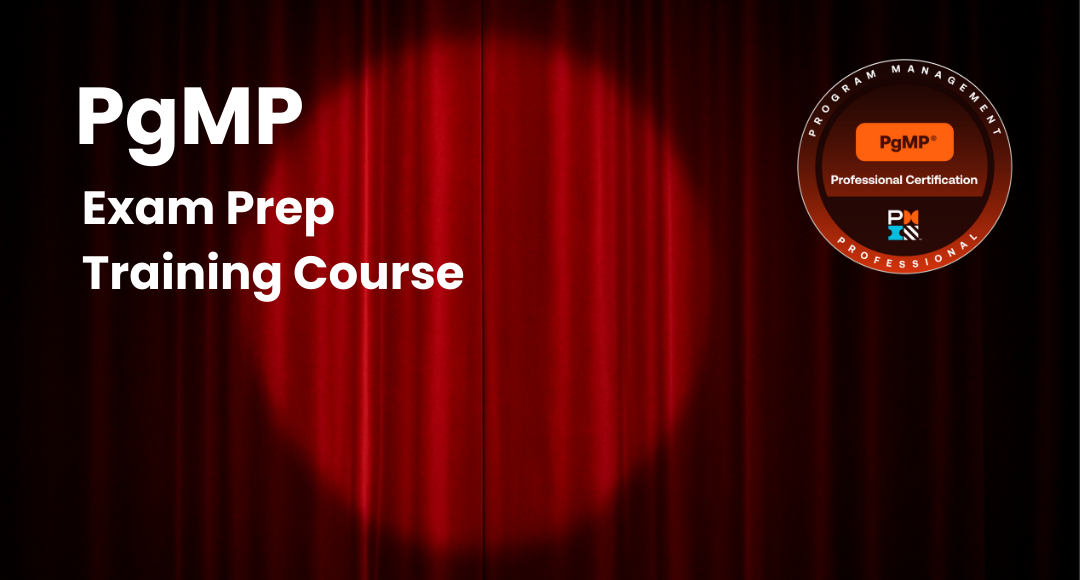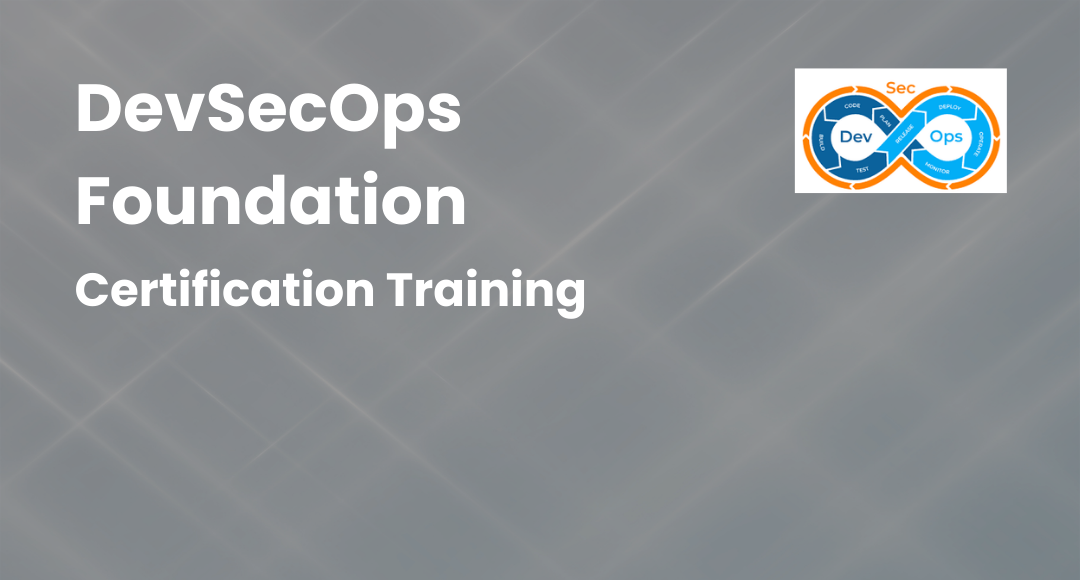Scrum Career Path Explained
-
 By Nandini
By Nandini - Published on Jul 14 2022

Guide to Scrum Career Path
This guide to scrum career path Certification provides a detailed introduction to the different Scrum certification badges, suggested Scrum certification pathways, the fees involved with achieving Scrum certification, and insights into career prospects connected to the Scrum certification path. The scrum master's salary is well enough to live a great life.
What is Scrum Certification?
Scrum Certification is a collection of credentials that ensures that members of a development team are skilled in the use of the Scrum Agile framework and techniques for the creation of complicated software.
Both Scrum.org and the scrum career path Alliance, which are independent organizations, provide certifications for various positions in Scrum teams, such as Scrum Master, Scrum Product Owner, and Scrum Developer.
In addition, Scrum.org provides other Scrum certifications, including those that test a candidate's ability to scale Scrum, use a scrum career path in conjunction with Kanban, and manage a Scrum team.
Getting scrum master jobs is quite easy and working helps to learn new skills. Scrum master job description is a high-level job and getting this is job is too difficult.
What is Scrum?
The typical waterfall approach of software development gets its name from the fact that progress moves in only one direction, beginning with the idea and continuing through analysis, design, programming, testing, and deployment.
The waterfall-based method of software development has mostly been supplanted by more adaptable scrum master career path software development lifecycle (SDLC) models, such as the agile method of software development. There are many scrum master duties, that the person have to follow.
The creation of an agile software scrum career path is dependent on cooperation between cross-functional development teams and the customers who will ultimately utilize the program.
The Agile methodology gives development teams the ability to react to and implement change requests made by users. The practice of agile software development is predicated on a collection of guiding principles, and projects are carried out by using a particular agile methodology, such as Scrum, Kanban, or Extreme Programming (XP).
A certified scrum master's salary is much high for a new beginner in this job.
The end result of a Scrum project is referred to as "the Product," and it is constructed over a number of iterations known as "Sprints." Sprints are a method for dividing large, complicated tasks into a series of smaller, more manageable chunks in the scrum career path.
The Product Backlog is the prioritized list of needs that are known to be needed in the product. Each sprint comprises a subset of the necessary features that were picked from the Product Backlog.
Scrum.org is the organization that backs the Scrum Agile framework and provides practitioners of scrum career paths with a variety of certifications and examinations to choose from.
A Product Owner, the Development Team, senior scrum master salary and a scrum master training are those who make up a Scrum Team, according to the definition provided by the developers of Scrum in their Official Scrum Guide.
What is a Scrum Product Owner?
A person who bears sole responsibility for the product that is delivered as a consequence of a development project is known as the Scrum Product Owner. It is the responsibility of this individual to ensure that the User Requirements that are included in the Product Backlog as well as each Sprint have the appropriate level of priority in the senior scrum master salary.
It's possible that the job will be done by other members of the Development Team, but the Product Owner is still liable for it in scrum master certification.
The Product Owner is a member of the scrum career path Team who is responsible for understanding the business and market vision for what the Scrum Team is to produce and ensuring that the end product delivers on those expectations.
The Product Backlog is created, managed, and communicated by the Product Owner in conjunction with the Scrum Team and any other stakeholders as part of the Product Owner's responsibility to ensure that the Development Team is able to include all essential features in each Sprint.
What is the role of the Scrum Master?
The developers of Scrum scrum career path referred to the position of Scrum Master as the "Servant-Leader" for the Scrum Development Team when they first outlined the responsibilities of this position.
The Scrum Master is someone who is well knowledgeable about the Scrum technique. It is the responsibility of these individuals, in their capacity as Leaders, to ensure that the Product Development Team comprehends and adheres to the Scrum Process.
The Scrum Master's role as a Servant includes the organization of Scrum events, aiding the Product Owner in the management of the Product Backlog, coaching the Development Team, removing obstacles to the team's development, and a great deal more.
What is the Scrum Team?
The Scrum Development Team is an agile group of software developers that consists of a relatively small group of people.
Scrum Team members, in contrast to members of traditional development teams, do not have designated roles such as designer, programmer, or tester; rather, they are cross-functional and work together to complete the set of tasks for each sprint.
Traditional development teams also assign members specific roles in the scrum career paths.
The Development Team is responsible for its own organization. Members of the team confer with one another to determine how much work they are capable of doing and how they will organize the tasks necessary to produce a Product Increment for each sprint.
The Team collaborates with the Product Owner to get an understanding of the things included in the scrum career path product Backlog to the extent necessary for them to design and construct them.
The Basics of Scrum Development
The people who were responsible for developing Scrum had the impression that the conventional approaches to developing software were too burdensome and did not encourage the production of high-quality software.
When management exerts an excessive amount of control over the development team, it has the potential to slow down the processes, increase the total cost of production, and prevent the team from producing the best product that is feasible.
The management structure is removed from the development team, and everyone in the development team is given autonomy over the roles they play in the development process thanks to Scrum development agile scrum master salary.
The development team divides into different groups, each of which focuses on a certain job. After that, those groups meet with other groups that are building their respective parts of the product to discuss the groups' respective progress and how they will integrate their work. Teams are more adaptable, have more opportunities for innovation, and are better able to concentrate on producing high-quality software.
The Framework of Scrum Development
The structure of Scrum development minimizes the part that management plays in the day-to-day operations of a software development team and gives the team more autonomy in determining how to use its time and resources throughout a period of time known as a sprint.
Within the confines of the framework, there is a plethora of processes and procedures that, rather than being mandated by management, may be implemented and made use of on an as-needed basis.
The sprint review is the first step in the Scrum process framework. The next step is the sprint retrospective, and after that comes the assessment of the product backlog and the features of the product in descending order of importance.
Work advances along the framework and frequent reviews of the sprint are conducted to ensure that the objectives are being fulfilled and that the product will be ready on the day that was originally anticipated for its delivery.
How to Obtain the Position of Scrum Master
One of the most important positions on an Agile team working under the Scrum framework is that of the Scrum master. This individual is the primary facilitator and is responsible for scheduling the daily meetings, increasing team relationships, and optimizing productivity by eliminating barriers.
In addition, this person is accountable for boosting team morale. The following is a rundown of the seven straightforward processes that make up the process of becoming a Scrum master.
Step 1: Become familiar with Scrum's fundamentals.
It is very necessary to become well-versed in both the Agile ideals and principles as well as the overall structure of Scrum before you can qualify for the role of Scrum master.
You may have a better understanding of Scrum's fundamental principles, practices, and values by reading the Agile Manifesto and going through this eLearning Series provided in addition to the materials we provide.
Step 2: Select the Scrum certification that best suits you.
The ideal approach to becoming a Scrum master is to complete a certification program that is recognized in the industry. This kind of program will acquaint you with Agile and Scrum, as well as the responsibilities and needs of a Scrum master.
By earning your certification, you will be able to show that you have a sufficient understanding of the subject matter and assist open doors to other prospects.
There are a number of different certifications available for Scrum masters, including the following:
- Professional Scrum Master™ I (PSM I) through Scrum.org
- Certified ScrumMaster® (CSM) through ScrumAlliance
- Scrum Master by Scrum Inc.™
Step 3: Enroll in a Scrum training class.
After making your decision on which certification to pursue, the next step is to sign up for a Scrum training program that is officially recognized.
Each kind of certification has its own set of prerequisites and requirements; for instance, in order to take the Professional Scrum Master test offered by Scrum.org, you must first complete the Professional Scrum Master course offered by Scrum.org.
Step 4: Register for your exam
After you have put in the necessary number of hours of study, you will be prepared to demonstrate that you have the level of expertise necessary to become a Scrum master by taking the test.
If you complete the course and take the test within 14 days of completing it, Scrum.org will provide you a free retake of the exam if you choose to take it again.
Step 5: Study for your exam
It is essential that you maintain your study routine in the days leading up to the examination. By participating in further Scrum webinars or reading through other Scrum materials, you may increase the likelihood that you will be completely prepared to pass the exam.
The major Scrum concepts and practices, including as project management, team building, sprints, release planning, progress reporting, and scalability, are often the emphasis of the test.
Nevertheless, there is a possibility that some of the examinations will also include questions about the philosophy, history, and development of the Scrum framework.
Step 6: Take and pass the exam
The actual test you take will have some subtle differences from one certification program to the next. In general, it will be a test consisting of multiple-choice questions, and the required passing score will range from 60–85 percent.
The test lasts for around one hour, and you should be able to determine whether or not you passed within a few minutes after finishing it.
After you have successfully completed the exam, a PDF copy of your scrum master certification will be sent to you, and you will then be considered an official Scrum master.
Step 7: Renew certificates every two years
Scrum master certification online credentials normally become invalid after a period of two years; hence, you will be required to pay a fee to renew your certificate in order to continue being recognized as a Scrum master.
This procedure may demand evidence of "continuous education hours," however the requirements vary depending on the organization. The host of the session is interested in seeing evidence that you have been devoting some of your time to learning more about Scrum and keeping up to speed with any crucial developments.
How Much Does It Cost to Become a Certified Scrum Professional?
The amount of money required to get Scrum-certified changes depending on the certification level and the authority. Scrum Alliance accredited training courses are required to get their certifications, although the cost of the test is covered by the organization.
Exams offered by Scrum.org cost money, however, attendance at the organization's courses is not required. The price of entry-level Scrum Alliance certification courses ranges from $995 to $1,950. Exam fees for Scrum.org's entry-level certification range from $150 to $250.
When it comes to both certification authorities, the overall cost of obtaining a Scrum certification goes up for higher-level certifications. This is particularly true in situations when obtaining certification at a lower level is required in order to get the certification at a higher level.
The total cost of the Scrum certification test to acquire the Professional Scrum Master (PSM) III certification is $900. This includes the fees of $150 for the Professional Scrum Master I exam, $250 for the Professional Scrum Master II exam, and $500 for the Professional Scrum Master III exam. Keep in mind that these prices do not consider the price of any training sessions.
Based on the course pricing from third-party Scrum Alliance authorized trainers, the total cost to become a certified scrum master Professional – ScrumMaster with the Scrum Alliance is over $5,000.
The CSM certification costs $995, the A-CSM certification costs $1195, and the CSP-SM certification costs $3,199.
Recertification and Renewing of the Scrum Process
Scrum professional certifications obtained via Scrum.org are good for the rest of the holder's life and do not need any further work or money to be renewed or recertified. Earning Scrum Education Units, often known as SEUs, and paying an administrative cost of $100 are both required to renew your Scrum Alliance certification every two years.
In addition, there is a fee ranging from $100 to $250 that must be paid to the Scrum Alliance in order to maintain basic, advanced, or professional-level certifications.
Scrum Certification Salary and Career Information
A cursory search on the employment site Indeed.com for "scrum master" and other generic titles indicates that there are a large number of well-paying job vacancies for Scrum experts. These job postings total over 28,000, and wages for these positions range from $85,000 to over $125,000.
There were less than 250 available jobs that were found when searching explicitly for "Scrum.org" or "Scrum Alliance," with Scrum Alliance accounting for around three quarters of those positions. It seems that certifications obtained from either of the two organizations may be utilized to get many of the positions.
In general, the typical compensation for a Scrum Master with a Scrum certification may vary from $84,000 for an entry-level role to $96,000 for a mid-level post, and $108,000 for senior-level employment. This range does not consider the certifying authority, but it is still accurate.
Scrum Product Owners may expect to earn an average salary of roughly $88,000 for entry-level roles, $97,500 for mid-level positions, and $107,600 for senior-level positions if they have a Scrum certification.
When it comes to developers, entry-level Scrum Developers have the potential to make an average of $88,000, whilst mid-level Scrum Developers can earn $97,800, and senior-level developers can earn $11,700.
Origins of Scrum and Associated Organizations
Early in the 1990s, Jeff Sutherland and Ken Schwaber collaborated on the development of Scrum, which ultimately resulted in the publication of their paper in 1995 titled SCRUM Software Development Process.
The term "Scrum" was first used in a paper published in 1986 by Hirotaka Takeuchi and Ikujiro Nonaka. The authors decided to use the term after watching a game of rugby and observing how the members of a team work together from the beginning to the end, passing the ball back and forth while moving up the field together. Schwaber and Sutherland were given the name "Scrum" by Takeuchi and Nonaka.
If the process of developing software were to follow this strategy, then small interdisciplinary teams would have an easier time interacting with one another and improving their job together if they used goals rather of a list of regulated tasks.
According to the website for Scrum Guides, Scrum has been used at a significant number of software development companies all around the globe. It has found widespread use in a variety of related industries including education, manufacturing, marketing, and operations.
In the following paragraphs, we will explore a few of the reasons why a job as a Scrum Master is an excellent choice for a working environment.
The Career of a Scrum Master - What Makes It a Smart Move?
Scrum Master is quickly becoming one of the positions that is in highest demand all around the globe. As a result of how much the world has changed in the past year and how many businesses have realized the significance of the Scrum Framework and how important a Scrum Master is for the implementation of Scrum, the role of Scrum Master has been recognized as one of the top 15 emerging roles in recent years.
This is due to the fact that the world has undergone significant change in the past year.
As businesses become more aware of the actual worth of Agile and the extent to which it can contribute to their overall expansion, there has been a significant uptick in the rate at which the Agile Methodology is being put into practice.
In addition, when the implementation is taking place, businesses want personnel that are effective in using the Agile concepts, skills, and expertise that they possess.
As a result, the function of Scrum Master is one of the most important roles in Scrum, and it plays a supporting role in the whole process of adopting and transforming to Agile. Because of this, the demand for Scrum Masters all around the world has skyrocketed in recent years.
Incorporating roles into the development process of Scrum
Employees working in jobs related to software development often have conventional titles, which identify the tasks that they are responsible for. However, the names that are used in Scrum, such as product owner, development team, Scrum team, and Scrum master, are not compatible with these conventional designations.
Every conventional function may readily find a home inside the Scrum framework with just minor adjustments to the expectations associated with their work.
Scrum teams are comprised of small groups of developers that collaborate on the same project. A person who has previously served as a team leader may easily transition into the job of a Scrum master.
It's possible that some people may discover that they can switch jobs and hold various Scrum development titles during the course of a sprint.
Creating a Scrum Sprint
The Scrum development approach revolves around the sprint as its primary component. It all starts with a meeting called a "sprint planning meeting," in which the whole team gets together to discuss the tasks that need to be completed during the sprint.
The term for this situation is the "backlog." The work that has to be completed is not seen as a checklist; rather, it is regarded as a backlog that must be cleared in order to proceed to the next stage of the project.
Depending on the amount of work that is required, a sprint might take anywhere from a few weeks to a whole month. The goal of a sprint is to complete the task in the shortest period of time while demanding the greatest amount of effort from the personnel.
In order to more effectively reach their objectives, teams using Scrum often limit each sprint to one month. In spite of this, the most important aspect of Scrum is maintaining a flexible and agile mindset. In the event that more time is required, a new sprint will need to be organized.
The objective of a sprint is decided upon throughout the process of developing the product backlog; however, this objective is not fixed in stone. The team is free to make any necessary changes to the product backlog or the sprint at any moment throughout the process.
The scrum master is responsible for establishing a timebox for the sprint. The scrum master is responsible for maintaining the box, reminding the development team of the remaining amount of time in the sprint, and ensuring that the team adheres to the best practices and protocols that were established at the beginning of the sprint.
In addition to this, the scrum master maintains open communication with the product owner and keeps them apprised of the development team's progress.
The Bottom Line
Because it has one of the highest paying potentials across a wide range of sectors, a career as a Scrum Master offers good scope and opportunity for those who pursue it.
Companies are actively seeking Scrum experts that can assist them in boosting their business value and implementing Scrum in their company as a result of the significant increase in demand for Scrum Masters that has occurred over the course of the last few years.
In addition, a Scrum Master has several career options to select from, such as becoming a mentor, Product Owner, or Manager, or working with more difficult teams.
A Scrum Master, like any other kind of working professional, is not capable of becoming an impeccable expert, and there will always be room for further development.
Overall, the job of Scrum Master is a good career choice to consider if you are searching for advancement as well as huge earning potential, and you also want to remain relevant in accordance with the demands of the industry.
We hope that you found this blog to be useful in gaining knowledge of why being a Scrum Master is a suitable career choice, how to become a Scrum Master, necessary certifications, skillsets, career progression, income range, and other facets of the role.
To get full details about Agile training courses offered by Sprintzeal and top agile certifications, reach us at Click Here or chat with course expert
Popular Scrum Certification Courses Recommended for you:
Subscribe to our Newsletters
Popular Programs
PSM® - Professional Scrum Master Certification
Live Virtual Training
- 4.7 (75 + Ratings)
- 18k + Learners
Data Engineering on Microsoft Azure (DP-203)
Live Virtual Training
- 4.8 (48 + Ratings)
- 51k + Learners
Trending Posts
5 Best Custom Packaging Suppliers Compared (MOQ, Cost, Lead Time)
Last updated on Jan 9 2026
Saturation Stage of Product Life Cycle: Complete Guide
Last updated on Nov 2 2023
Agile Coaching Guide - Best Skills for Agile Coaches
Last updated on May 24 2023
CSM vs CSPO: Which Certification is Right for You?
Last updated on Oct 28 2022
AI’s Hidden Decay: How to Measure and Mitigate Algorithmic Change
Last updated on Jan 7 2026
Why Should You Consider Getting a Scrum Master Certification?
Last updated on Feb 13 2024
Categories
- Other 69
- Agile Management 47
- Cloud Computing 56
- Project Management 173
- Big Data 66
- Business Management 88
- Digital Marketing 78
- IT Service Management 29
- Programming Language 58
- AI and Machine Learning 77
- IT Security 112
- Quality Management 78
- IT Hardware and Networking 26
- Microsoft Program 4
- Workplace Skill Building 13
- Risk Management 9
- Information Security 8
- Leadership and Management 9
- Corporate Training and Development 1
Trending Now
List Of Traits An Effective Agile Scrum Master Must Possess
ArticleDevOps Vs Agile Differences Explained
ArticleDevops Tools Usage, and Benefits of Development Operations & VSTS
ArticleAgile Scrum Methodology - Benefits, Framework and Activities Explained
ArticleGuide to Agile Project Management 2026
Article10 best practices for effective DevOps in 2026
ArticleGuide to Becoming a Certified Scrum Master in 2026
ArticleWhy Should You Consider Getting a Scrum Master Certification?
ArticleCSM vs CSPO: Which Certification is Right for You?
ArticleAgile Manifesto - Principles, Values and Benefits
ArticleAgile Methodology Explained in Detail
ArticleAgile Project Management Explained
ArticleEverything about Scrum Methodology
ArticleLatest Agile Interview Questions and Answers To Look For In 2026
ArticleScrum Interview Questions and Answers 2026
ArticleTop Scrum Master Responsibilities 2026 (Updated)
ArticleScrum vs Safe – Differences Explained
ArticleCSM vs. PSM - Which Scrum Certification is Better?
ArticleSAFe Implementation Roadmap Guide
ArticleAgile Release Plan Guide
ArticleAgile Environment Guide
ArticleAgile Coaching Guide - Best Skills for Agile Coaches
ArticleAgile Principles Guide
ArticleSAFe Certifications List - Best of 2026
ArticleAgile Prioritization Techniques Explained
ArticleScrum Ceremonies Guide
ArticleProduct Owner Certifications List
ArticleScrum of Scrums Guide
ArticleBusiness Agility Guide - Importance, Benefits and Tips
ArticleStakeholder Engagement Levels Guide
ArticleScrum Master Career Path Explained
ArticleScrum Workflow - A Step by Step Guide
ArticleA guide to Agility in cloud computing
ebookProduct Roadmap: An Ultimate Guide to Successful Planning and Implementation
ArticleProduct Life Cycle in Marketing: Essential Strategies for Product’s Success
ArticleProduct Life Cycle Strategies: Key to Maximizing Product Efficiency
ArticleScrum Master Salary Trends in 2026
ArticleProduct Life Cycle Model: A Guide to Understanding Your Product's Success
ArticleWhat is a Product Owner - Role, Objectives and Importance Explained
ArticleSuccessful Product Strategies for Introduction Stage of Product Life Cycle
ArticleUnlocking Career Opportunities in Product Management: Your Roadmap to Success
ArticleSaturation Stage of Product Life Cycle: Complete Guide
ArticleEssential Tools for Agile Project Management 2026
ArticleImportance of Procurement Management Software in Modern Business
ArticleAI’s Hidden Decay: How to Measure and Mitigate Algorithmic Change
Article5 Best Custom Packaging Suppliers Compared (MOQ, Cost, Lead Time)
Article
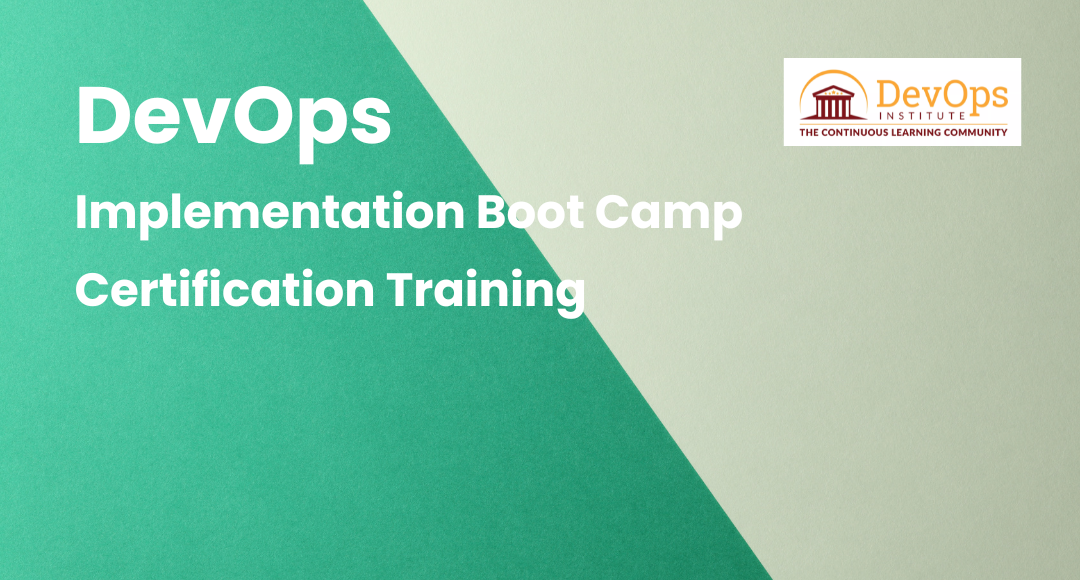
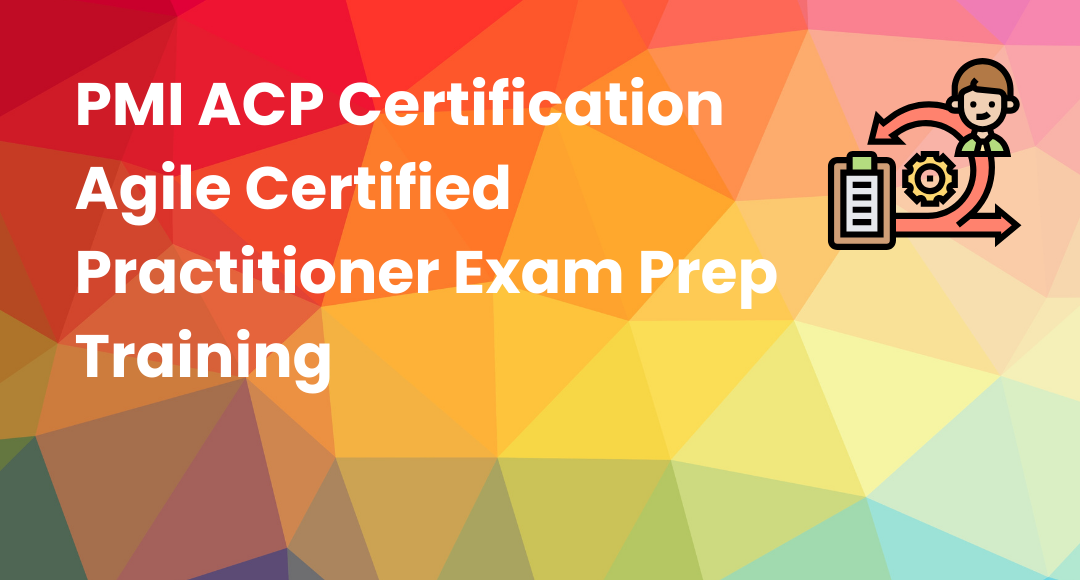

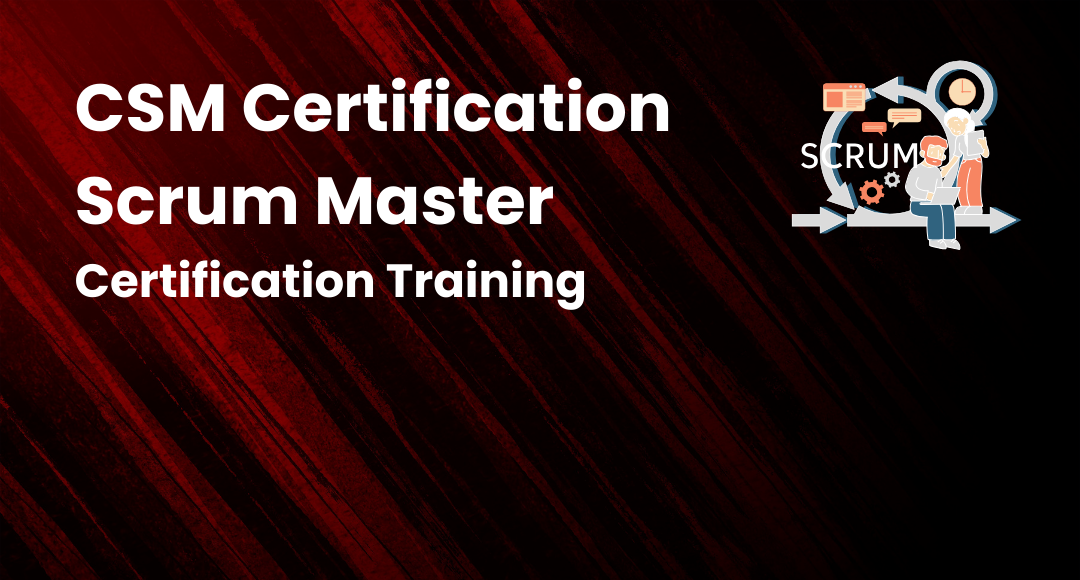
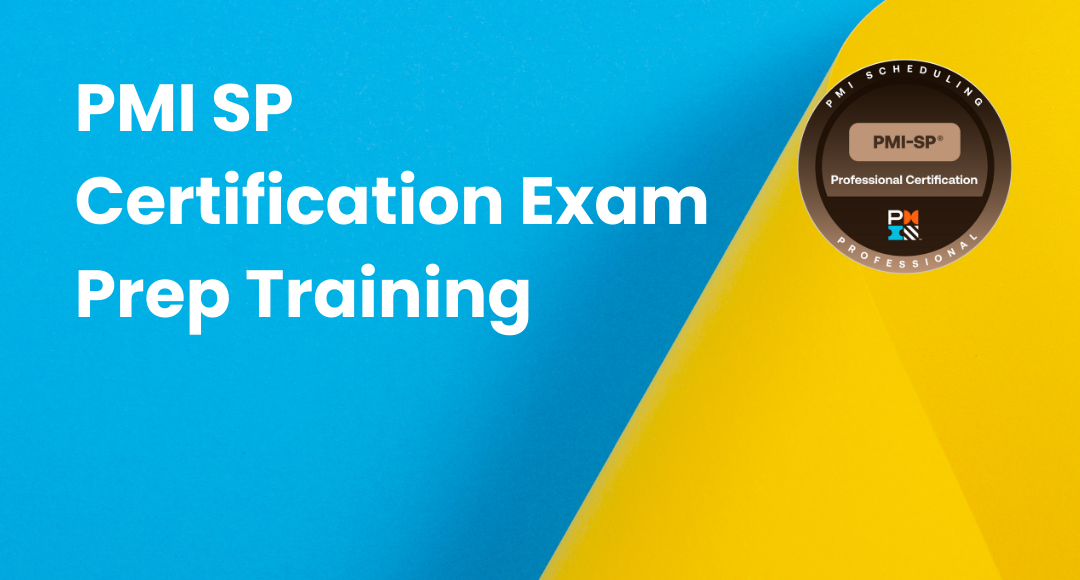

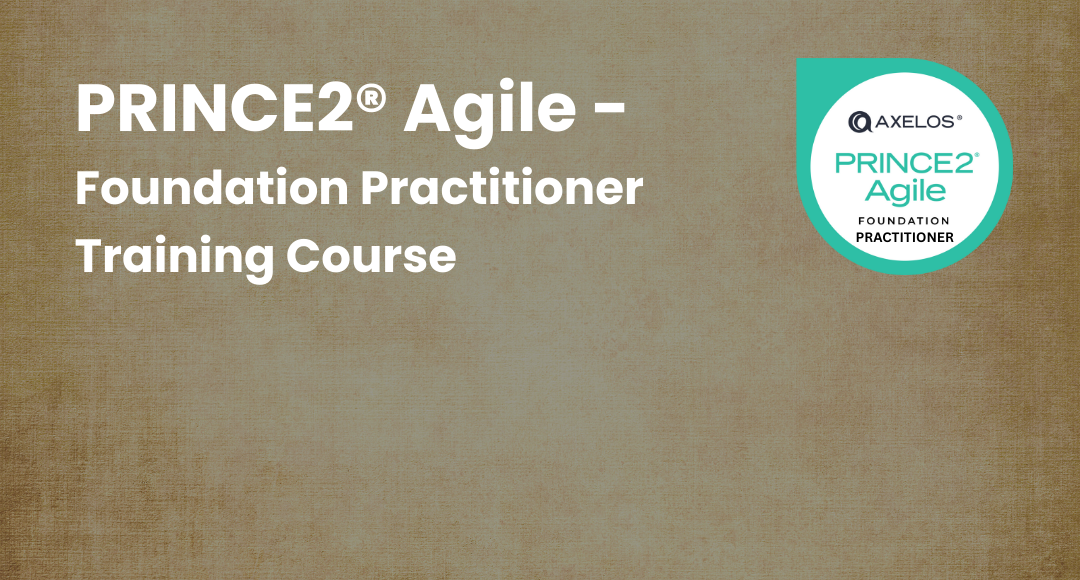
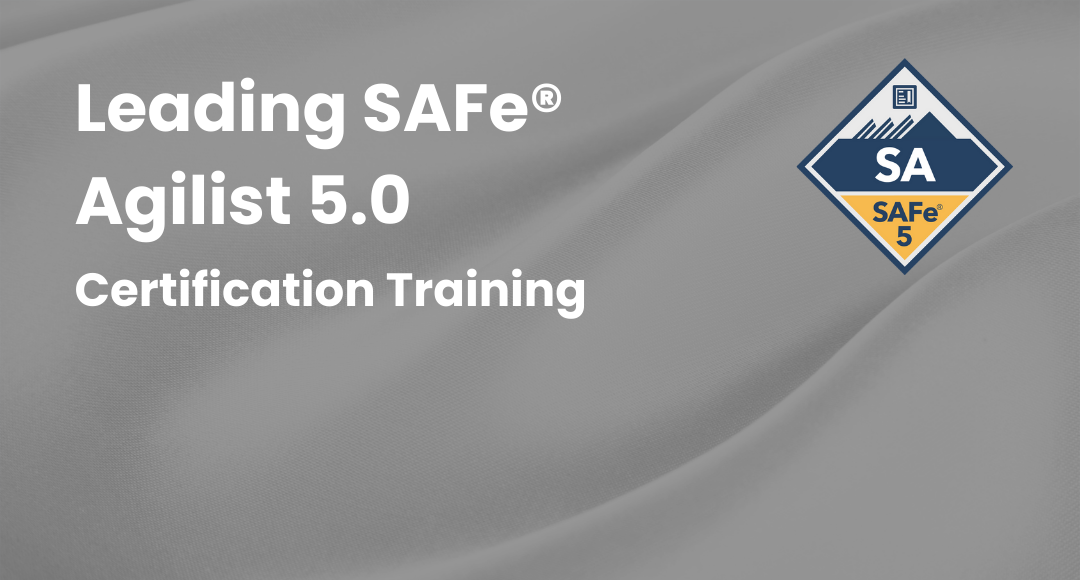
+Certification+Training.png)
